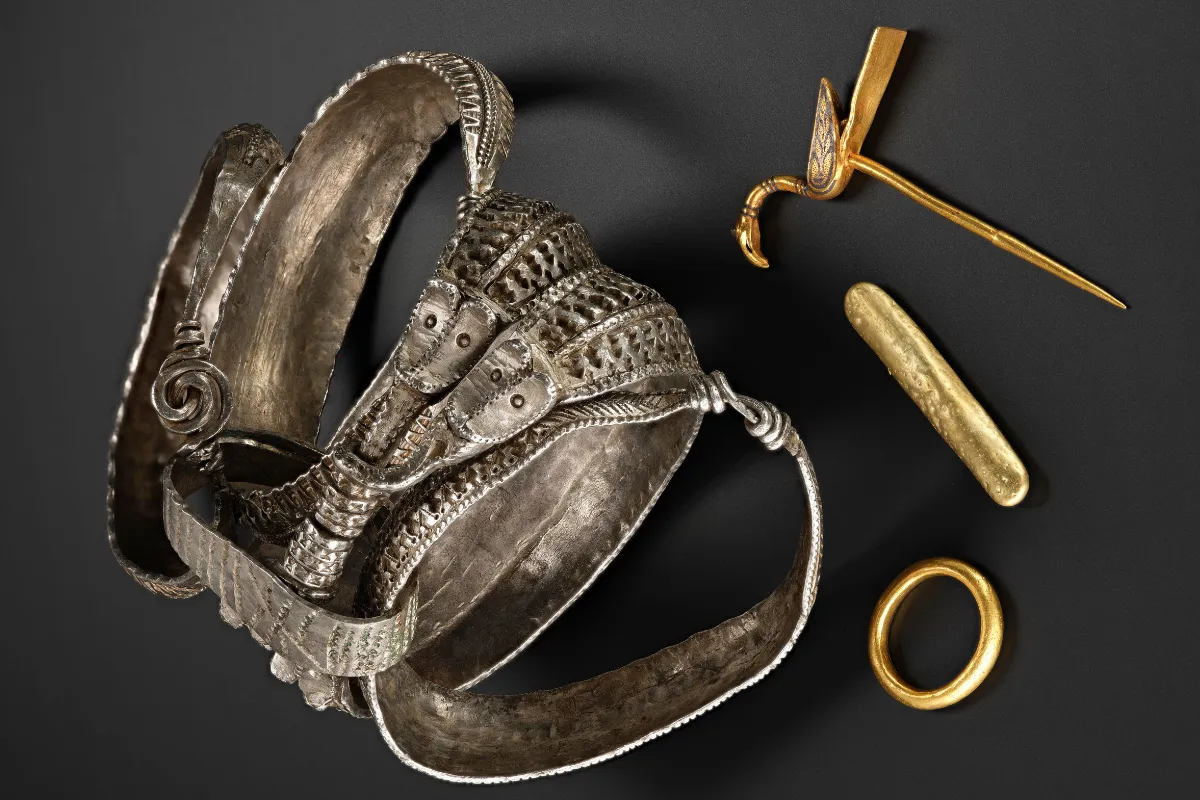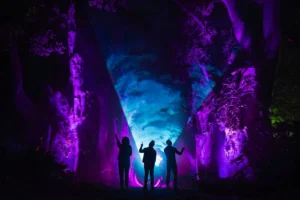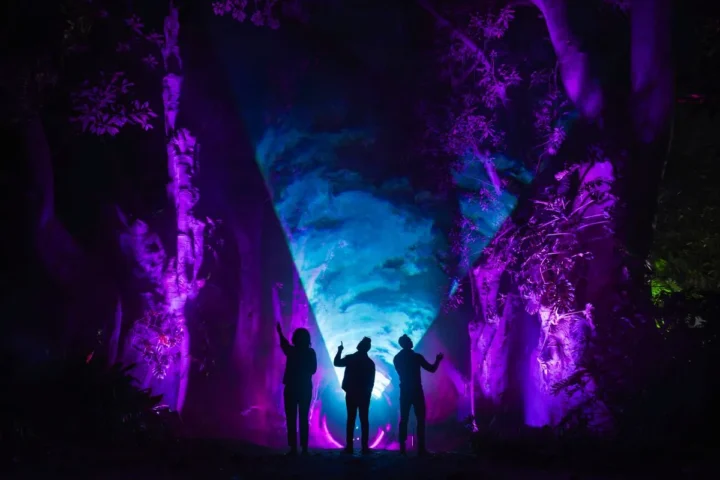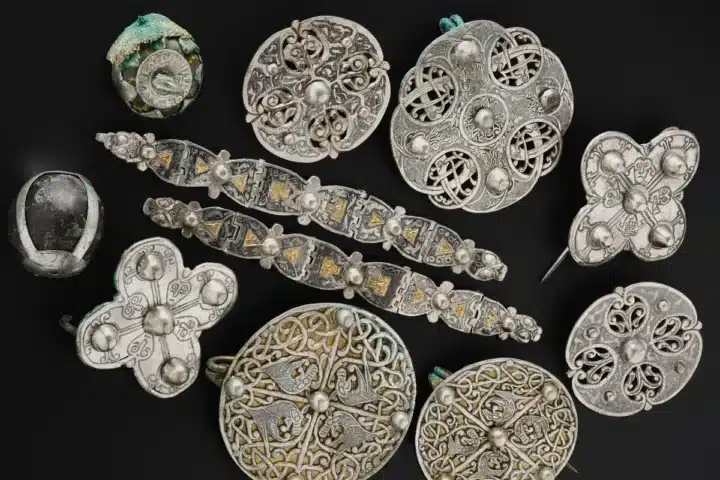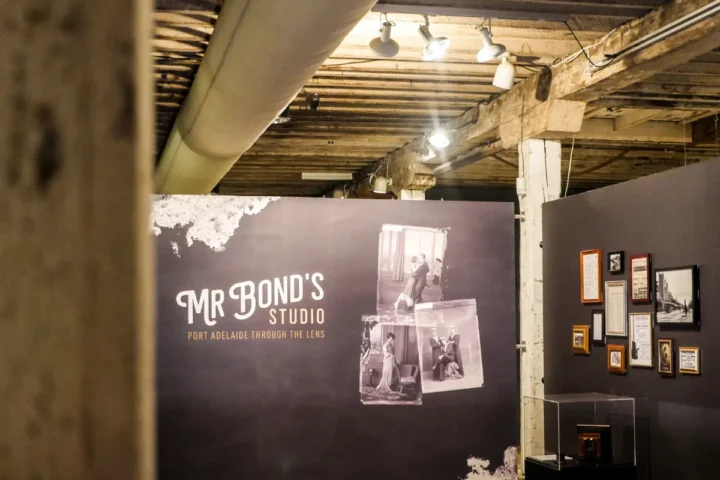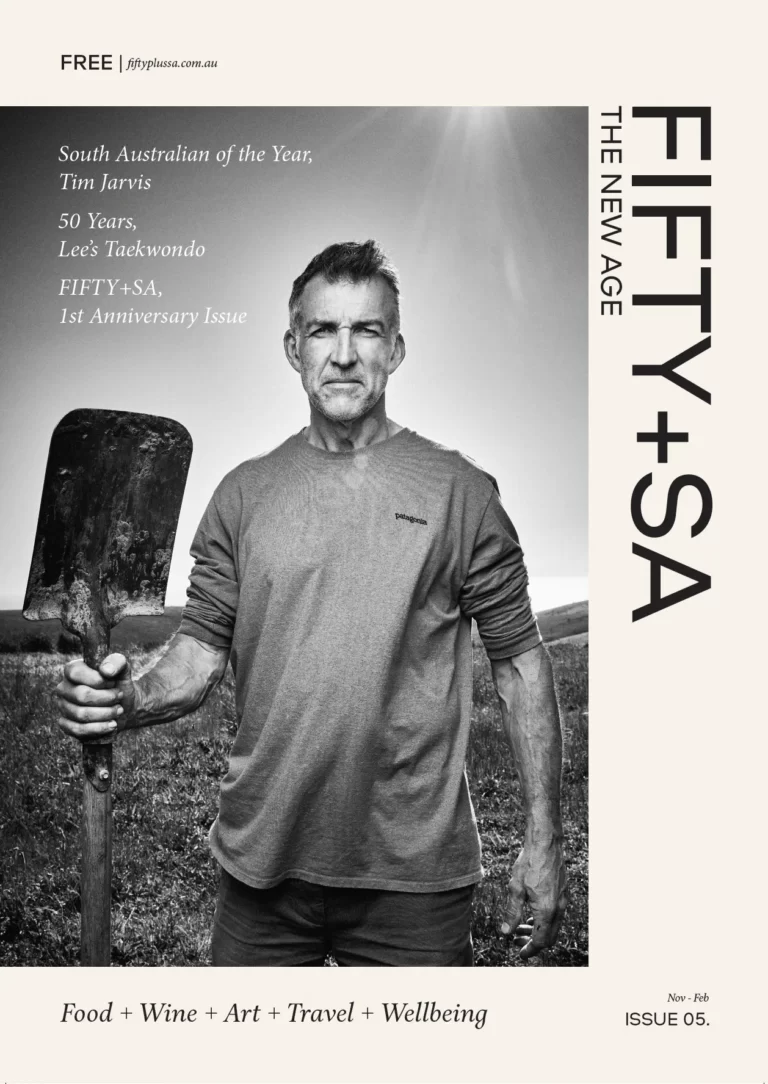Like most Viking-age hoards, it contains lots of silver: ingots, hacksilver, arm-rings and finely crafted jewellery. The Galloway Hoard also holds the largest quantity of gold objects ever recovered from this period of British and Irish history. But the most astonishing thing about the Galloway Hoard is the presence of heirlooms, relics and exotic curiosities. The discovery of these buried treasures connects southwest Scotland with Viking-age trade networks that stretched into the Middle East and Asia.
The hoard contains more than 100 objects, most of them silver arm-rings and ingots of a kind used as currency in the Viking Age. However, objects like Anglo-Saxon disc brooches and a pendant silver cross, complete with its chain still wrapped around it, are rarely found in hoards like this. A collection of unique, generational heirlooms were contained in a lidded silver vessel which was slowly and carefully unpacked by conservation scientists over many years.
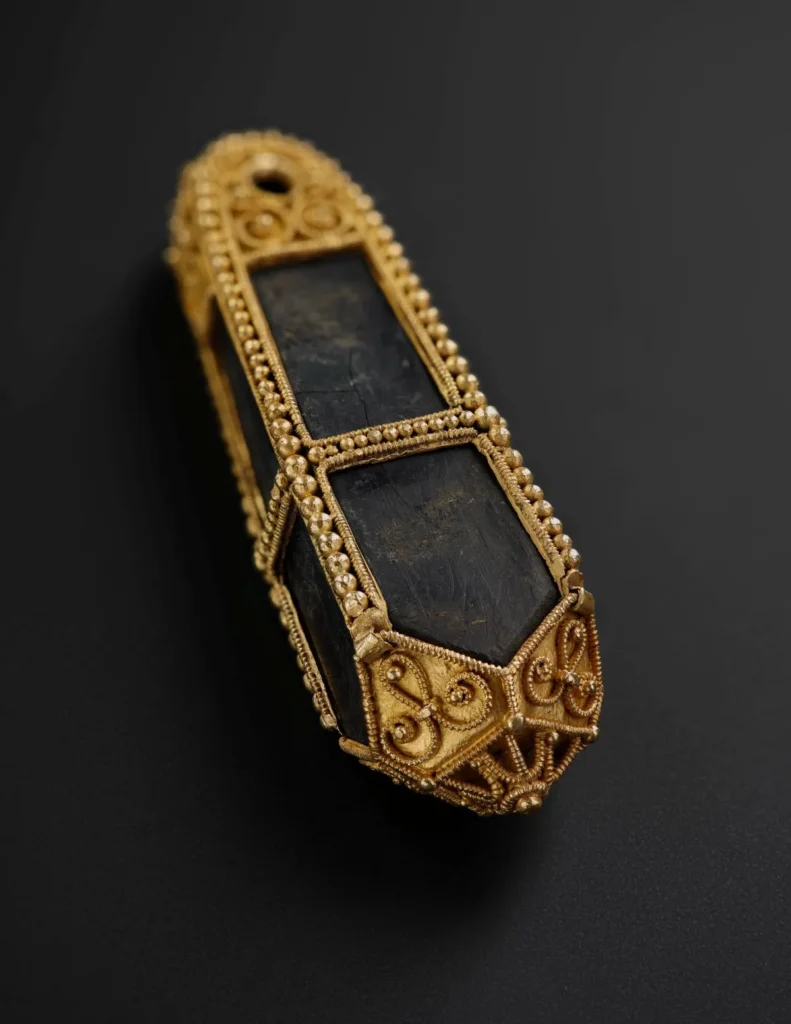
When the Galloway Hoard was discovered by an amateur metal-detectorist in 2014, it had been buried in a Scottish field for over a thousand years.
Organic material rarely survives in archaeological sites of this age but, at the heart of the Hoard, a lidded vessel preserved samples of wool, leather, linen and silk in a stable micro-environment. These are some of the oldest surviving textiles found in Britain. Even more staggering is the vessel itself, which is made of silver mined from modern-day Iran, and decorated with tigers, leopards and fire altars related to the culture of pre-Islamic Persia.
Current research suggests that the Galloway Hoard was buried by a wealthy and well-connected group of people from the upper echelons of society. These people appear to have been acting in the interests of a broader community, probably with ecclesiastical or even royal associations. Elaborate dress items, generational heirlooms, and a charm used in childbirth also imply a strong female involvement in the burial.
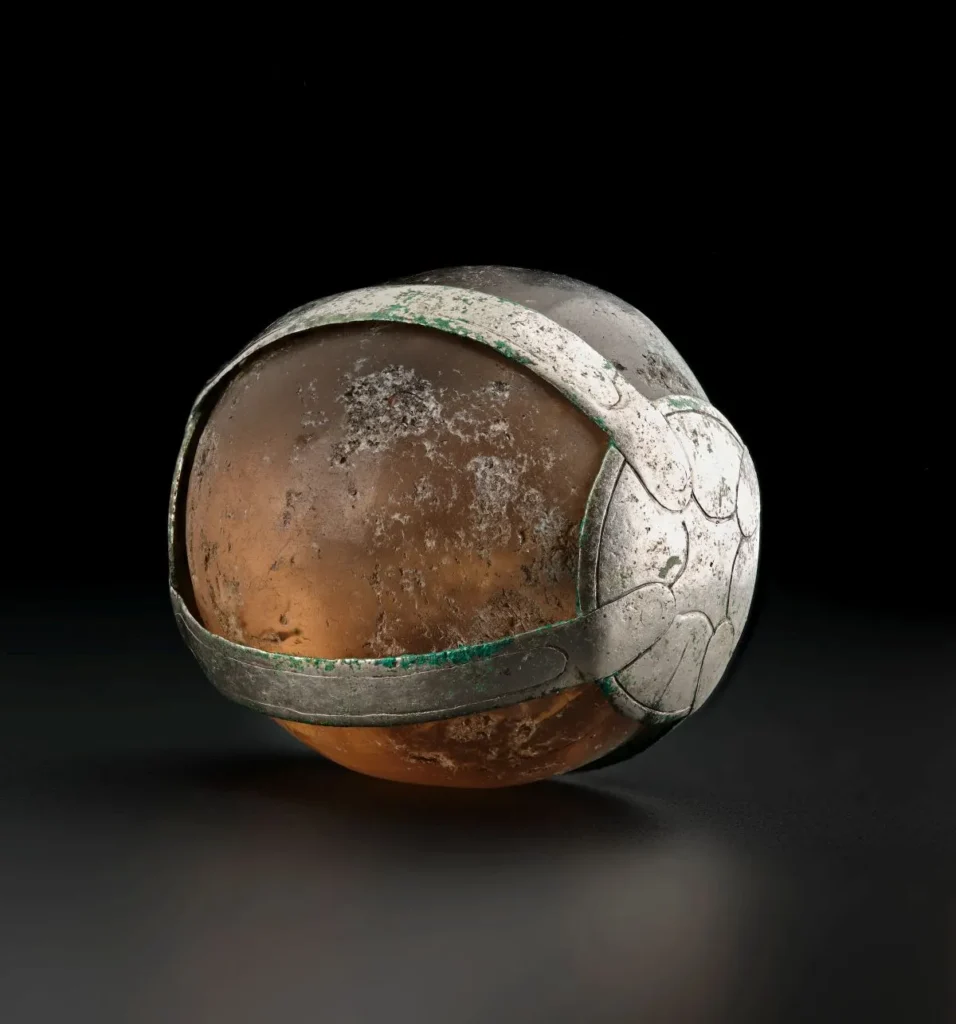
In some respects, the real treasure of the Galloway Hoard isn’t the precious metals that it contains, but the snapshot that it provides of Viking-age life in Scotland around 900 CE. This makes it one of the most illuminating British archaeological discoveries of the 21st century.
Since its discovery and subsequent acquisition, world-leading research led by National Museums Scotland has been unpacking the wonder of this Galloway time capsule. Along with the dazzling and remarkable objects themselves, the exhibition showcases the fascinating discoveries made as the Hoard was conserved, which are transforming how we see the Viking Age in Britain.
Treasures of the Viking Age: The Galloway Hoard, was unveiled at the South Australian Museum on Saturday, 8 February. Following highly acclaimed presentations in Scotland, the Adelaide exhibition, which runs until 27 April, will be the first opportunity to view this unique collection of treasures outside Britain.

